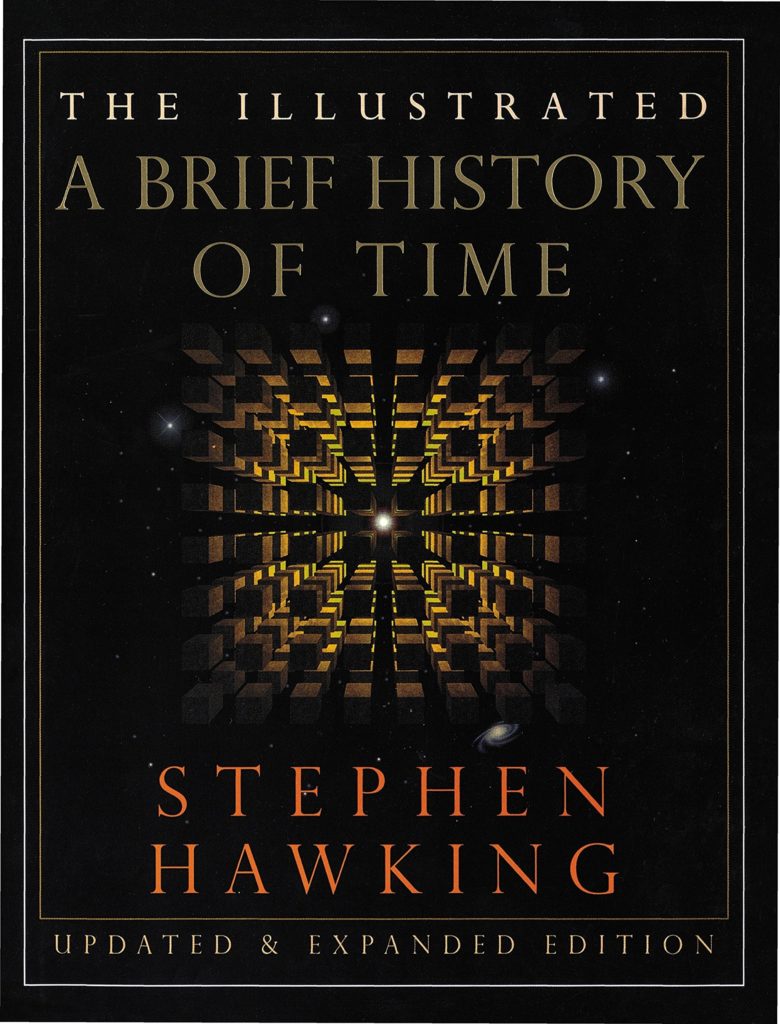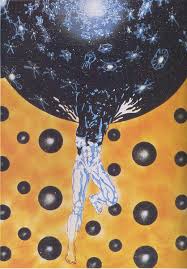Somehow I got sidetracked and despite really enjoying Kurt Vonnegut’s 1985 novel Galapagos, it somehow took me more than a month to finish the book. It’s a delight, even read in bits and smatters. Along the way, I was reminded of 2015’s Seveneves by Neal Stephenson.
What the two books have in common is that they both deal with the evolution of the human race after a species-ending event. In the case of Galapagos, it’s a financial crisis, followed by a war, followed by a sterilizing virus. The only survivors are some passengers who take a cruise to the islands that Darwin made famous. There, isolated from the rest of the world, and the virus, they mutate over a million years into what reminds me of a walrus — intelligent, ocean dwelling fishers with flippers instead of arms. In Seveneves, the destruction of the moon rains meteorites onto Earth, setting the atmosphere ablaze and killing everybody but the few who escape to space on an ark and some who flee into the oceans in nuclear submarines. Over millions of years these survivors evolve according to their circumstances, guided by natural selection.
In Stephenson’s world, humanity changes but retains its sentience. Vonnegut tells a different tale — humanity saves itself by losing its sentience. The big brains bestowed upon us by evolution turn out to be a hindrance and were the cause of the catastrophes that befell the species. You don’t need a reflexive self conscious to hunt for fish and so we lose it. Vonnegut’s narrator is the ghost of Kilgore Trout’s son, who refuses to cross into the afterlife and lingers on Earth to watch humanity evolve.
Stephenson’s message is that life will find a way. Vonnegut’s is that life will find a way back. All of humanity is reduced to a small population of semi-intelligent walruses living on or around the Galapagos Islands. Without big brains and opposable thumbs, they’re free from common human mischief. They do not even, Vonnegut tells us, know that they will inevitably die, and are spared the greatest anxiety brought to us by our sentience.


